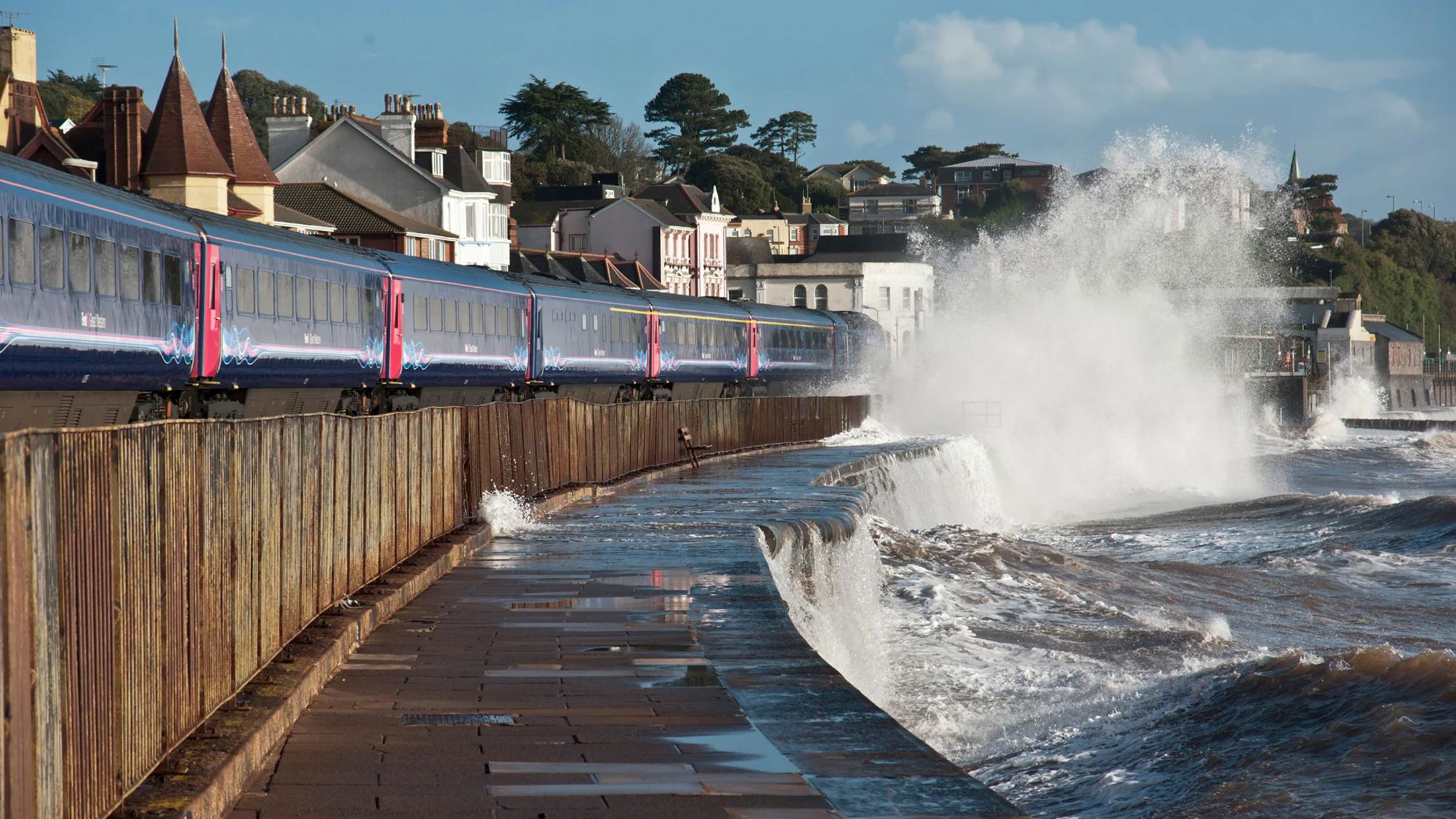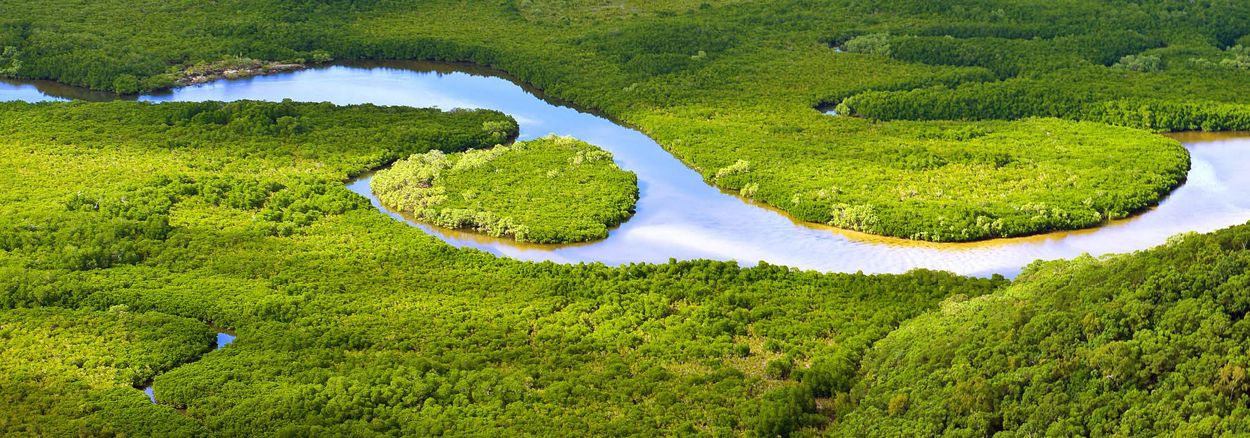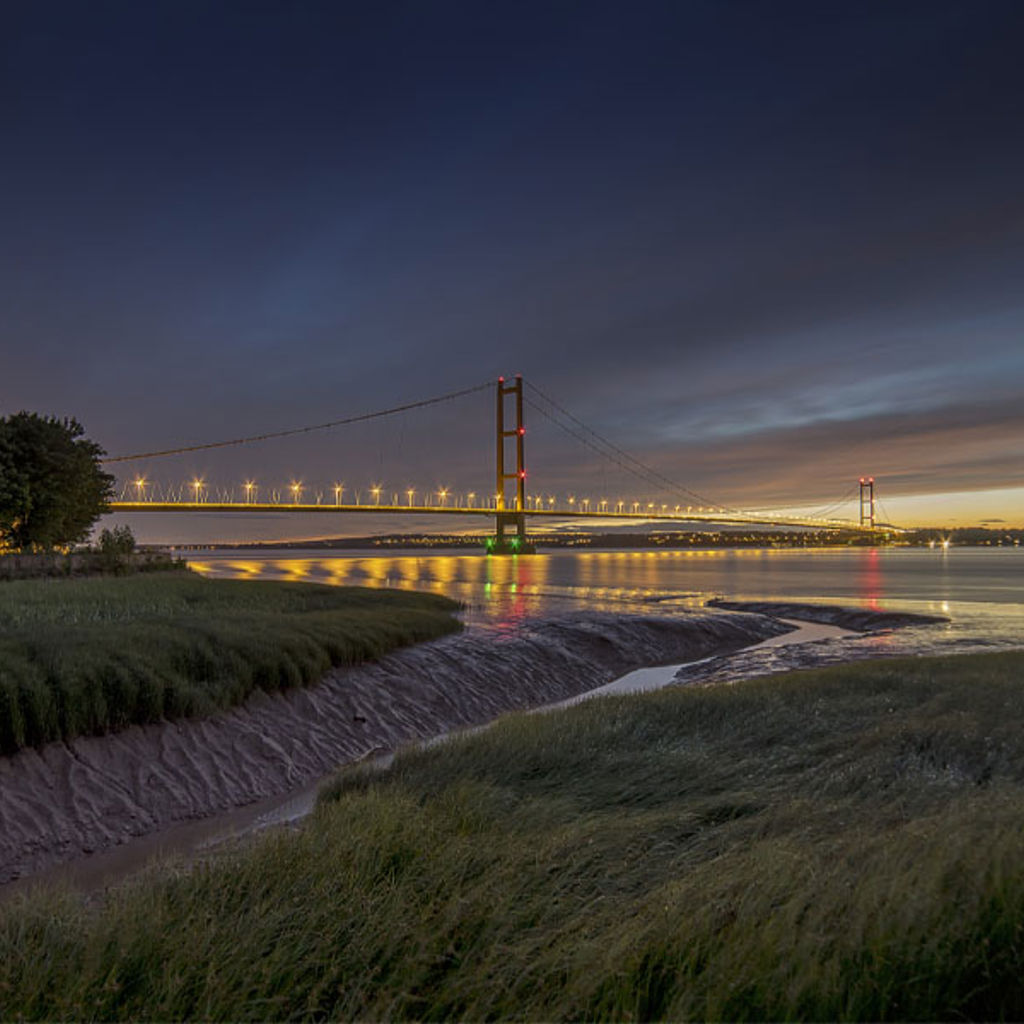Beyond barriers: natural flooding resilience can improve, rather than just protect, communities
Across the world, flooding continues to be the most common natural threat to human communities. But increasingly the ethos of building barries is being questioned - with the role of nature becoming increasingly prominent.


Global Water Leader
Mark Fletcher
Director
Last updated: September 2017
Across the world, flooding continues to be the most common natural threat to human communities. Faced with floods’ devastating power, conventional wisdom has often amounted to ‘build a barrier’, or just after a flood, ‘build a new, bigger barrier’.
But with sea levels forecast to rise by up to 10 inches by 2025, it’s increasingly dawning on designers, planners and decision-makers that we need to look beyond concrete to accommodate inevitable flood events. A new ethos, ‘natural flooding resilience’, has emerged as a better way forward.
From ancient skills to modern solutions
In today’s natural flooding approach, local planning and evaluation once more play pivotal roles. In each location the local water cycle must be understood to enable a locally tailored response, one that effectively ‘plans out’ flood risk at the start. Depending on local conditions this can mean simply planting more trees or more involved interventions like building low, naturalised dams across rivers to slow the water’s flow.
This new mindset is one our ancestors would recognise. During the United Kingdom’s major 2007 floods, Tewkesbury Abbey famously found itself standing on an island. It was protected from the flood because the monks who built it more than 900 years ago had taken the time to study the local landscape carefully. They had fully considered the natural environment and identified the best place to build the most valuable building in the community. It is a simple example of contextual design thinking, sadly something which has too often been overlooked as our towns and cities have evolved.
New ideas mean new structures
Arup has designed and deployed an innovative new system of underground gates and moveable weirs in an area of Leeds. This flood alleviation scheme controls the water level of the Rivers Aire and Hol Beck when flooding is imminent, protecting over 3,000 homes and 500 businesses, and avoids severing the community’s connection to its waterways. The resulting improvements to local flood resilience have made 300 acres of land viable for regeneration and development and the scheme has also been designed to accommodate hydropower at the weirs.

A community-first approach
Rivers, estuaries and canals add much to people’s day-to-day lives. Living and working near ‘blue space’ is now recognised to produce mental health benefits. So another benefit of the natural flooding resilience approach is that it inherently places the community’s relationship with the local water cycle at the centre of planning and decision-making. This brings improved understanding of the impact water can have on business, leisure and the design and layout of urban areas. It means that taking account of flood risks doesn’t mean hiding our communities from the water that flows through them.
An imaginative response
Flooding in a world beset by climate change requires that we give people the time to think laterally, where possible designing flood protection measures that are natural, and if possible, invisible. Natural flooding resilience shows that with planning, feasibility studies, modelling and thorough research, long-term flood prevention methods can be found which don’t have a negative impact on our beautiful towns and cities, keep us connected to the water, and ultimately keep us safe.
Get in touch with our team
Can nature prevent flooding?






